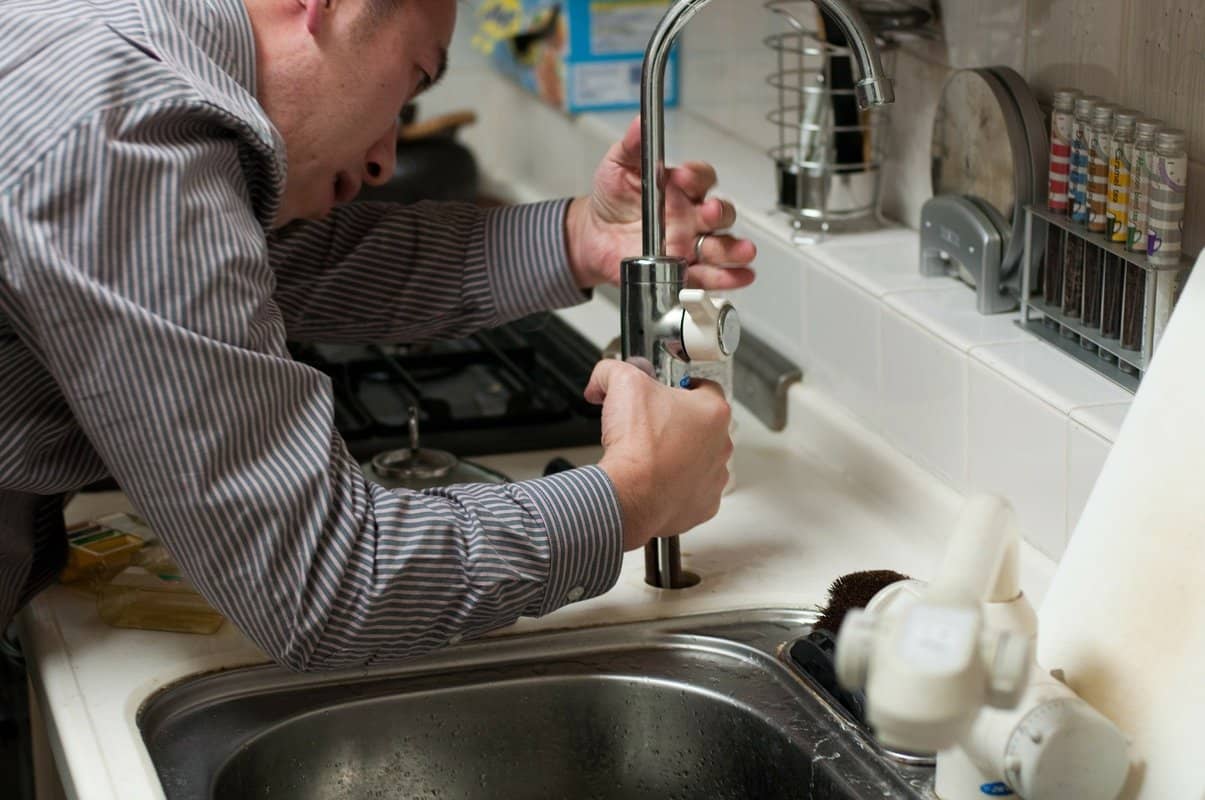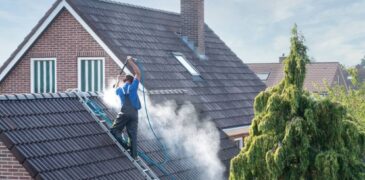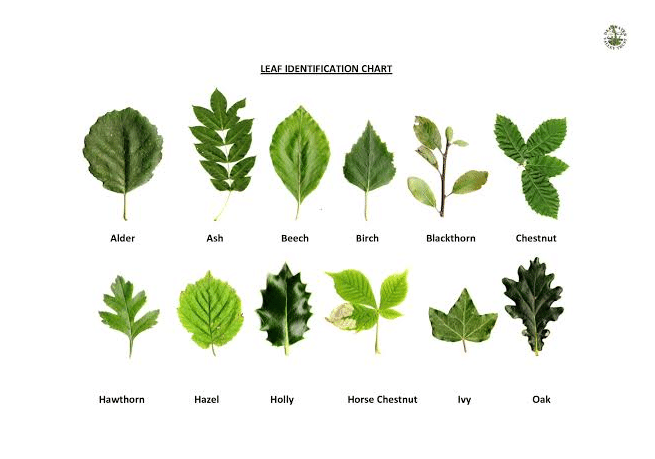One of the most common problems in a typical household involves plumbing. A homeowner might encounter several problems, like clogged toilets and drains, leaking pipes and faucets, water heater issues, low water pressure, and even a running toilet. That’s a lot to look out for if you’re having problems with your plumbing.
This is especially true if you have an old house. Many house problems show up here and there as your house ages. Fortunately, these problems are easy to fix, even without the help of a plumber. However, other problems, even the simple ones, can be potentially dangerous, especially when neglected.
This is when you should call the help of a professional. But before you call one, you should first determine the source of the problem and see if you can do something about it yourself. Hence, here are the most common plumbing problems and how to prevent them in the future.

Clogs
Clogs can happen in your drains and your toilet. When you see that water is backing up as you empty your sink or after taking a shower, you might have a clog somewhere in your house. In the toilet, it’s much easier to see as you’ll see that the water just backs up after flushing.
The solution for a clog is simple: just remove what’s clogging your pipes. It’s even easier if you know where the clog is coming from. But what causes these clogs in your plumbing?
One of the main culprits is hair, especially in the sink and the shower. But sometimes, it could be small items that got in the pipes and are now causing the blockage, such as small toys, lids, or even food.
So how do you remove them? One of the most common solutions is with the help of a plunger. Place the plunger’s head in the pipe you’re suspecting is causing the clog and pump away.
The air pressure will eventually push out the blockage, and the pipe will be free from clogs. If you can draw out the thing that causes the blockage, you can use pliers or tweezers to pick them out.
If that’s not enough, you can even buy chemical drain cleaners to address the problem. Home improvement stores also sell plumbing snakes that can locate and dislodge clogs in your pipes.
Washing Machine Flooding
Some washing machines come with rubber connection hoses. Unfortunately, these hoses can dry out and will eventually burst as it comes to age. When this happens, it’ll be frustrating to clean the water out of the room.
Hence, the next time you buy a washing machine, buy one with metal connection hoses to prevent issues like this. They are much sturdier and won’t easily burst. However, if you’re having problems with your washing machine other than its connection hoses, check if it’s overflowing. If that’s the problem, you can contact a professional to install a water shutoff valve for your washer. Also Read – Benefits and Buying Front Loading Washing Machines
Leaky Faucets
Leaking faucets and pipes is one of the most common problems when it comes to your plumbing system. They are not outright emergencies, but they can cause you a 10% increase in your water bill when you choose to ignore them. In context, a leaky pipe that drips a droplet every second can add up to 3,000 gallons of water every year, which equals 180 showers.
Luckily, it’s easy to spot a leaky pipe as you can see water dripping from the pipe in an off position. You can even sometimes hear the droplet during the night when all is silent. Not only will they cause you a bigger bill, but they can also cause damage to your house and even mold problems, which is much more expensive to solve than a leaky pipe.
A dripping faucet is commonly caused by the seal in your tap wearing down. The damage can either be dislodging, tearing, and stiffening. When this happens, the washer will no longer seal the faucet tightly, which causes leaking. You can do a simple DIY to address this problem. All you have to do is to replace the washer and voila! Your faucet is as good as new!
Also Read – Reasons to Hire a Professional Flooring Installation Company
However, when it comes to pipes, this can get complicated. Pipe leaks are often located in the joints. There are times when you can DIY and fix it yourself, but you’re better off calling for professional help to avoid adding to the problem.
Remember that natural wear is difficult to avoid. Through the years, you’ll experience leaks here and there, but there are things you can do to slow down that wear. Taking care of your faucet and not exerting too much force when closing it is one of them.
Takeaway
When combined with regular inspection and plumbing maintenance, you’ll slow down the natural wear of your plumbing system. Professionals like Mr Blue Plumbing can even spot some problems that can cause a potential emergency, which will save you a lot of money.
However, don’t be afraid to do simple DIYs if you’re confident. Doing this allows you to save more and even learn about a thing or two about taking care of your plumbing.




